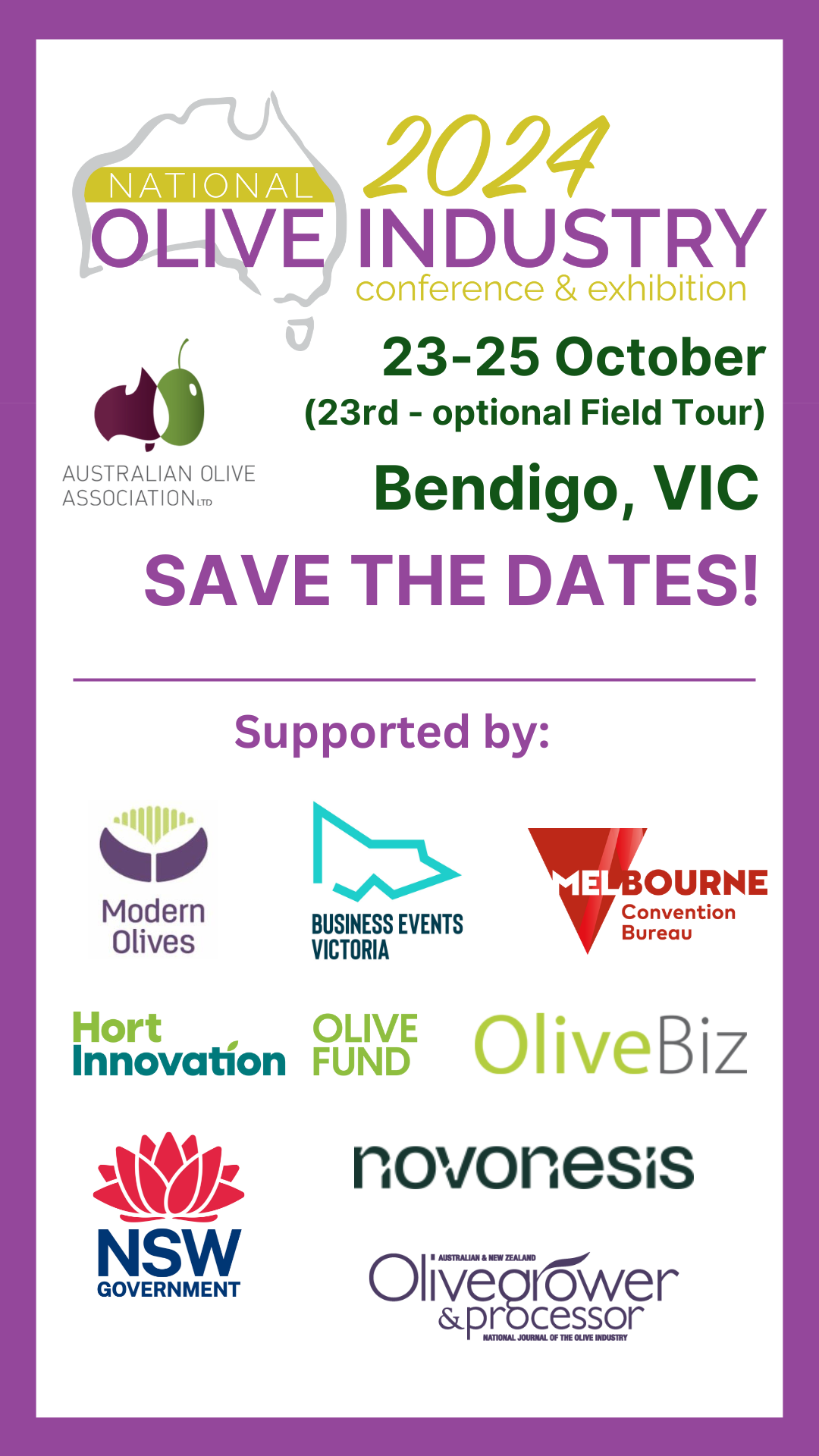The Chinese market is becoming the focus of world attention and this is also the case for the olive oil sector where import estimates point to a boom period.
Although there are olivegrowing regions in western China, olives have not been planted widely due to a number of reasons including the lack of planting technology, olive seeds, funds and experienced personnel.
At present planting areas total 20,000ha of young olive trees which are yet to come into full production. One of the consequences is that there are currently more than 100 brands of olive oil in the Chinese olive oil market and nearly all of them are imports from mainly Spain, Greece, Italy, Turkey, Tunis, Portugal, Jordan and Australia.
The main olive oil consumption cities are Beijing, Shanghai, Shenzhen, Guangzhou, Tianjin and other large and middlesized cities whose middle classes are growing along with their disposable income and attention to lifestyle choices.
Since 2001 olive oil imports have been increasing at an average rate of more than 70% per year. At this rate by 2008, when Beijing will hold the Olympic Games, the amount of imported olive oil will reach 20,000 tonnes and by 2010, when the World Expo will be held in Shanghai, it will be more than 60,000 tonnes.
Next year Oil China, the key international exhibition of olive oil and edible olive oil in the country, will hold its fourth consecutive and expanded event, from 15-17 May 2008 at the Shanghai Ever Bright Exhibition Centre.
Oil China is a government and industry body which held its first exhibition in 2005 which was a combined trade show, festival event and overseas olive show. The exhibition aims to offer a direct meeting venue for producers, exporters, importers, traders, dealers, and agents. It also aims to make consumers more aware about olive oil and promote its consumption.
The 3rd Oil China 2007, held from 16-18 April in Beijing, attracted more than 120 companies from Spain, Italy, Greece, Turkey, Jordan, Syria, Portugal, Tunisia, Germany, Australia, Switzerland and Israel as well as local companies from around the country and Hong Kong. Spain, Italy, Greece and Jordan were present at the exhibition with their own national pavilions.
According to organisers 5500 visitors attended Oil China 2007 and more than 65% of them attended with the aim of getting more information or to be agents and 50% were traders or dealers.
Organisers surveyed exhibitors at Oil China 2007 and found that 82% said they met more than 50 potential partners who could spread their brands of olive oil while 90% of exhibitors said they would continue to participate in Oil China 2008.
According to the program the exhibition’s focus next year will be on displaying products of olive oil and the culture, nutrition and function of olive oil. Exhibits will feature olive oil, virgin and extra virgin olive oil, organic and DOP olive oil, olive products, olive oil by-products and olive technology. The exhibition’s target group will be traders, importers, dealers, reporters and potential consumers.
Exhibitors can be housed within a country pavilion, a cultural zone or an olive tasting zone and among the activities there will be the 4th China International Olive Oil & Edible Oil Forum, the 3rd China International Olive Oil Competition, the International Olive Oil Gourmet Festival, the 2008 Chinese Importers’ Training Project about Olive Oil Tasting, the Chinese Olive Projects Investment Conference and the 2008 National Olive Oil Knowledge Contest.
The closing dates for entries to the olive show competition are 10 February 2008, for olives and 10 March 2008 for the olive oil competition.
For more information visit http://www.eoliveoil.com




